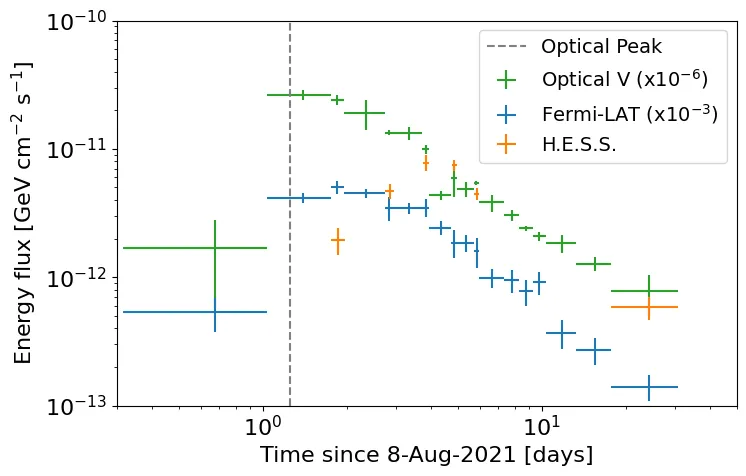Unveiling Neutrinos from T Coronae Borealis: The IceCube Observation Mission

As the celestial event known as T Coronae Borealis (T CrB) approaches its anticipated outburst, researchers are gearing up for a unique opportunity to observe high-energy neutrinos emitted from this nova. The upcoming eruption, expected to occur within the next couple of years, presents a valuable chance for the IceCube Neutrino Observatory to search for these elusive particles and understand the astrophysical processes at play during nova explosions.
Understanding Novae and Their Potential to Emit Neutrinos
Novae are explosions that happen in binary star systems, where a white dwarf draws material from its companion star. When enough material accumulates, a thermonuclear explosion occurs on the surface of the white dwarf. These events have been part of astronomical studies for centuries and now, with advancements in technology, researchers are exploring the possibility of detecting neutrinos produced during these explosions.
The connection between gamma rays emitted during nova outbursts and neutrinos lies in the process of high-energy particle interactions. As particles collide, they can create gamma rays and neutrinos simultaneously. Past observations of other novae, like RS Ophiuchi, have already shown gamma-ray emissions, hinting that similar expectations might hold for T CrB.
The IceCube Neutrino Observatory: A Game Changer
Located at the South Pole, the IceCube Observatory is a massive detector consisting of a billion tons of ice embedded with sensors that capture the light produced when neutrinos interact with the ice. The observatory specifically measures neutrinos in the GeV to PeV energy range, an ideal range for correlating with novae emissions. T CrB's proximity and luminosity make it a prime candidate for neutrino detection compared to previous novae studies.
Optimizing the Detection Strategy
Researchers are employing a strategy called GRECO Astronomy, which helps to isolate and analyze signals from the expected neutrino emissions during T CrB's outburst. Previous outbursts of T CrB in 1866 and 1946 provide crucial historical data to predict the characteristics of the upcoming eruption. The team anticipates a peak optical brightness that could enhance the expected neutrino signal, potentially making it detectable in real-time.
The imminent outburst may not only yield new insights into neutrino physics but also improve our understanding of the relationship between high-energy particles and other emissions, helping to solidify theoretical models in astrophysics.
Looking Forward: Real-Time Observations
The IceCube team is preparing for a real-time response to T CrB's eruption. If their predictive models are accurate and the expected neutrino emissions are bright enough, this could mark a significant milestone in the study of astrophysical neutrinos. This mission not only aims at detecting neutrinos from T CrB but also lays the groundwork for future studies of other astrophysical phenomena using IceCube's upgraded sensitivity.
As watchers of the stars, astrophysicists remain hopeful that the T CrB outburst will not only contribute to our knowledge of novae but will also enhance our ability to observe neutrinos from different cosmic events, opening new avenues for research into the fundamental processes shaping our universe.